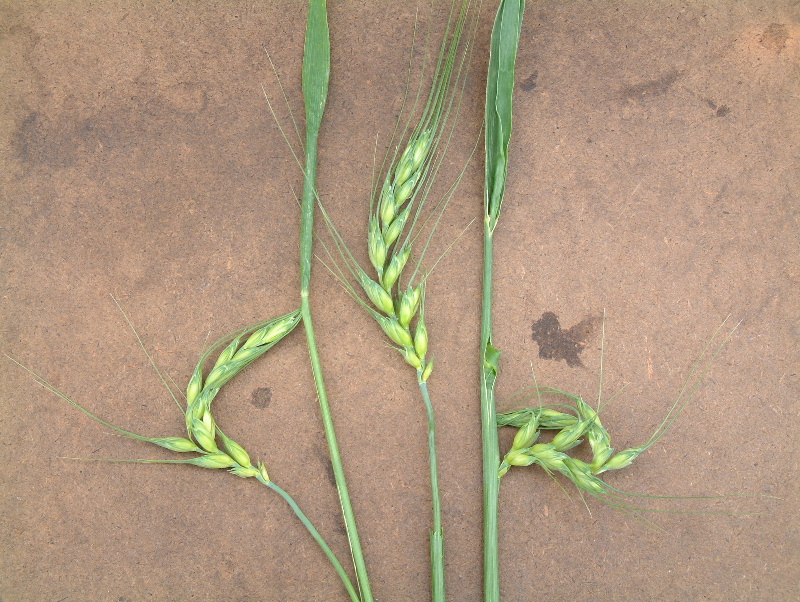Have you thought about planting a windbreak?

Windbreaks are a great way to reduce soil erosion and increase crop growth on your farm. They reduce wind speeds, which can increase growth of crops for a distance of up to 20 times the height of the trees. The taller the trees and the longer the windbreak, the greater the area the windbreak will […]







